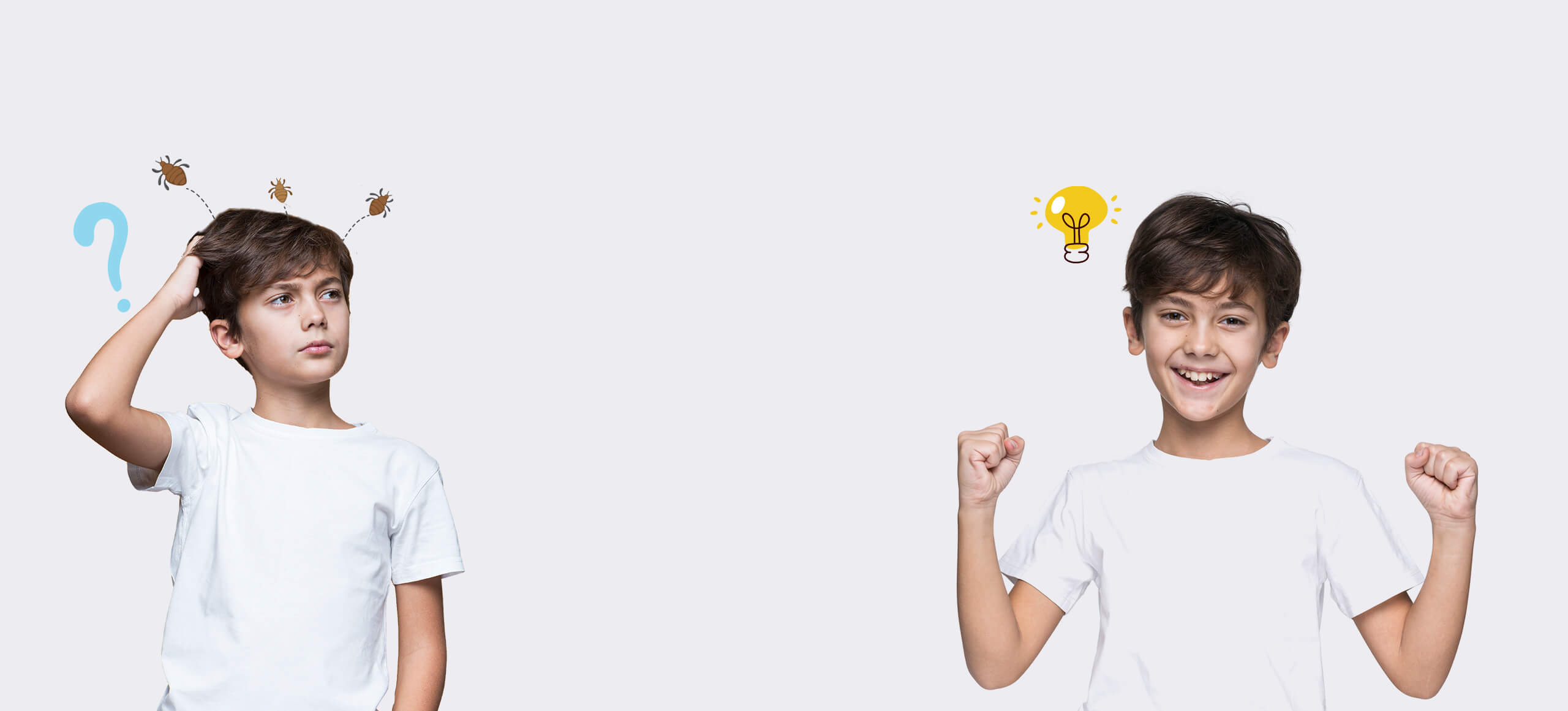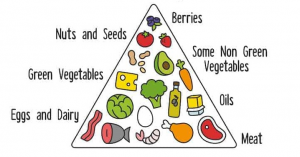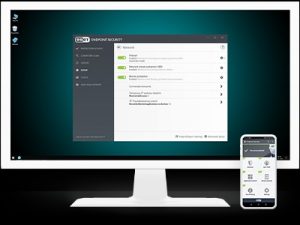
Dealing with a hair lice infestation can be a frustrating and persistent problem. A multi-step approach known as combination therapy is often recommended to eliminate lice and prevent re-infestation. Combination therapy involves simultaneously using multiple treatment methods and strategies to target lice and their eggs (nits). This article will explore the benefits and steps involved in combination therapy for hair lice. See over here to choose the right lice treatment for kids.
Step 1: Topical treatment:
The first step in combination therapy is applying a topical treatment designed to kill lice. These treatments usually come in shampoos, lotions, or creams that contain active ingredients such as pyrethrins or permethrin. The topical treatment should be applied according to the instructions, ensuring the entire scalp and hair is covered. This step aims to eliminate adult lice and disrupt their life cycle.
Step 2: Manual removal:
Manual removal of lice and nits is an essential part of combination therapy. After applying the topical treatment, it is important to carefully comb through the hair using a fine-toothed comb designed for lice removal. This combing process helps to remove dead lice and nits from the hair strands. It should be performed meticulously, focusing on all areas of the scalp, including behind the ears and along the hairline.
Step 3: Environmental cleaning:
To prevent re-infestation, thorough cleaning of the environment is crucial. All bedding, towels, hats, scarves, and clothing that may have come into contact with infested hair should be washed in hot water and dried on high heat. Items that cannot be washed should be sealed in a plastic bag for two weeks to ensure any lice or nits are suffocated. Vacuuming upholstered furniture, car seats, and rugs can also help remove any stray lice or nits.
Step 4: Education and prevention:
Combination therapy also includes educating individuals and their close contacts about lice prevention, avoiding head-to-head contact, and sharing personal items such as combs, brushes, hats, and hair accessories. Raising awareness and implementing preventive measures can significantly reduce the risk of re-infestation.
Follow-up treatment:
Combination therapy often involves a follow-up treatment after the initial application of the topical treatment. This helps to eliminate any remaining lice or newly hatched nits. The timing of the follow-up treatment is typically specified in the instructions provided with the topical treatment.







